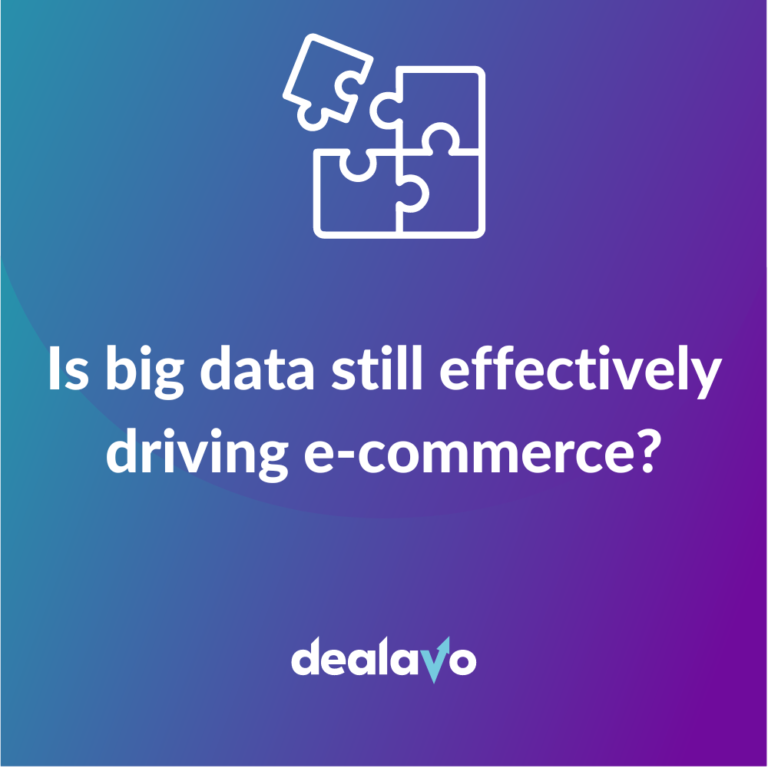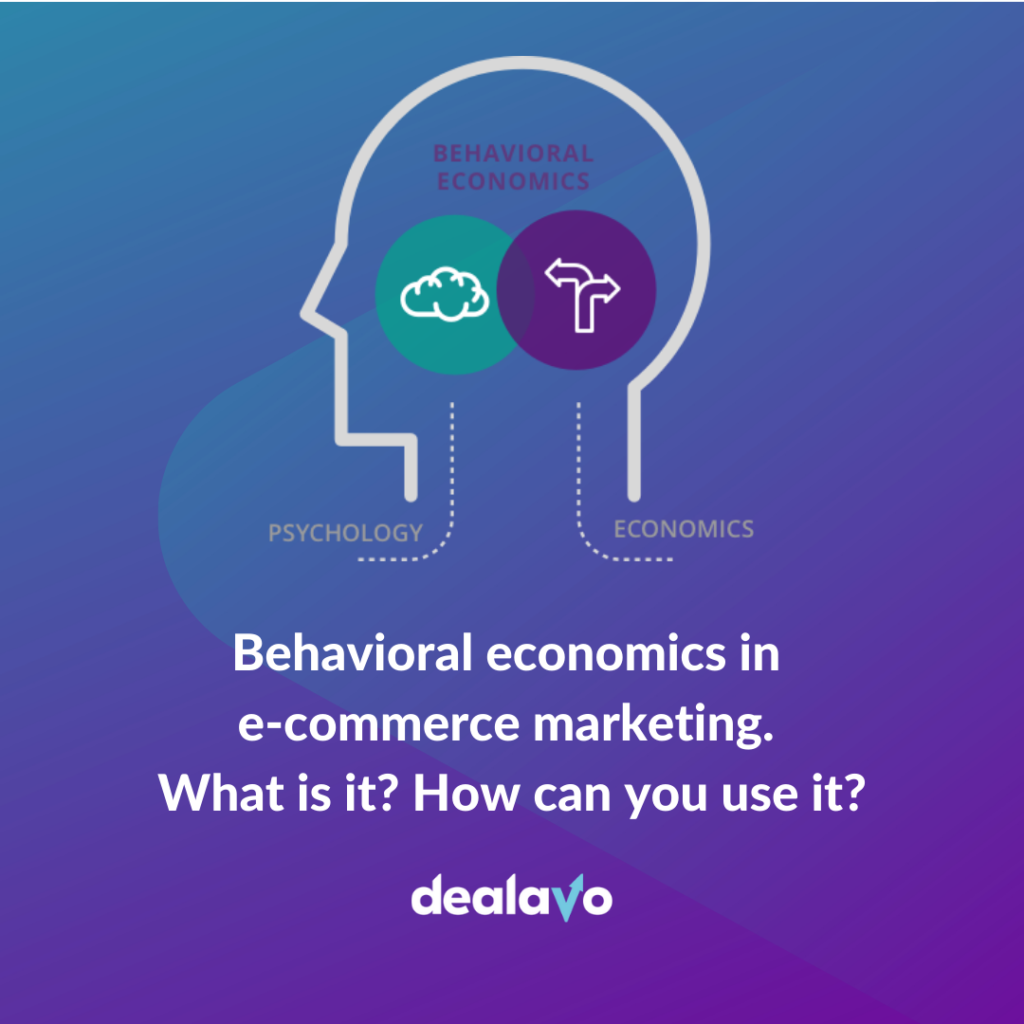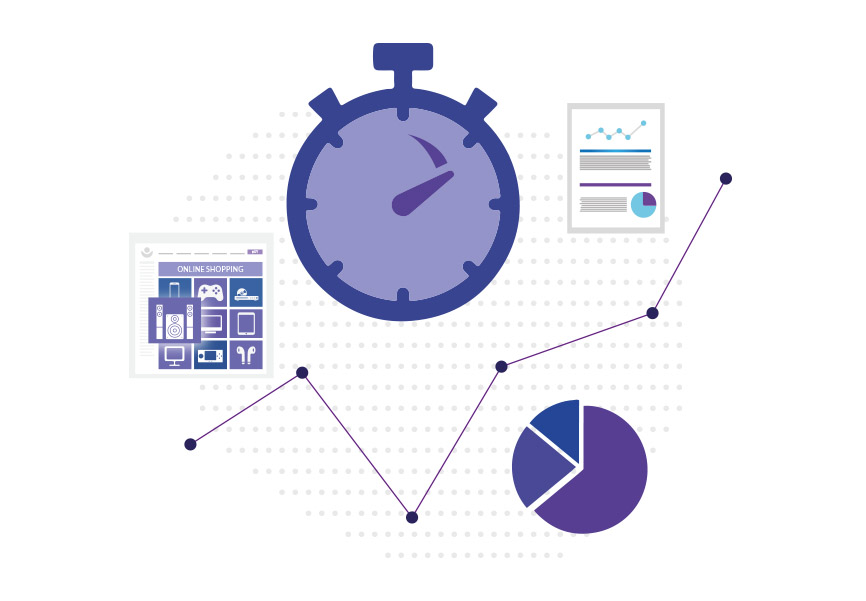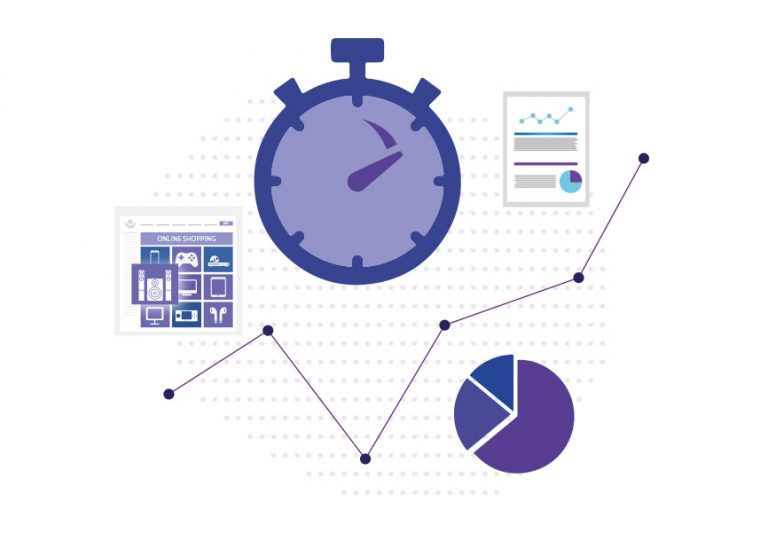
Reverse image search and its role in e-commerce
- 25 July 2024
The popularization of reverse image search has significantly influenced the behavior of online store customers in recent years. Understanding this technology and its connection with big data allows marketers and online store owners to develop their businesses.
What is Reverse Image Search?
Reverse image search is a technology that involves searching for photos and graphics on the internet using an image instead of text. By uploading an image to a search engine or pasting its URL, a user can find related objects, similar images, faces, and places on the internet without needing to add textual descriptions or extensively search websites.
Reverse image search is particularly useful in e-commerce. This tool can be used by online sales companies as well as individuals looking for products and shopping online.
Source: Materials sent by the author
The Role of Big Data in Image Search
The term “Big Data” refers to large datasets that can be analyzed and processed to gain useful insights.
Big data is the foundation of reverse image search. Image search engines operate thanks to enormous, multi-billion collections of images. These collections, called indexes, are created by aggregating images from various sources such as websites and digital libraries. Indexing images made possible by big data technologies allows for the retrieval of similar and related images during searches.
CBIR and Deep Learning
Reverse image search uses Content-Based Image Retrieval (CBIR) technology. Unlike text-based image search, CBIR focuses solely on the visual content of the image. This allows users to upload an image and obtain results that are similar or identical to the searched image.
CBIR extracts features from the query image, including shapes, colors, and pixel arrangements. These features are converted into a digital format (vectors) that computers can understand and use for matching.
CBIR systems operate accurately thanks to deep learning. Imagine teaching a computer to recognize cats in pictures. Here’s how it might work with deep learning:
- Deep learning uses a special program inspired by the human brain called a neural network. This network has many layers, like a deep sandwich.
- Each layer learns a little about the images. Lower layers might learn basic shapes and edges, while higher layers might recognize more complex features like ears, whiskers, and fur.
- With enough training (showing the network many pictures of cats and non-cats), the final layers can combine all this information and say, “This is a cat!”
- The more layers (the deeper the network), the more complex things it can learn. That’s why it’s called deep learning!
Similarity Measure
These systems also use similarity measures to calculate how similar the input data is to other images in the index.
Imagine having a giant drawer full of socks. Similarity measures help find matching socks.
- Each sock is like a piece of data, with features such as color, size, and pattern.
- The similarity measure compares these features. It provides a score indicating how similar two socks are.
- A high score means the socks are very similar (probably a match), while a low score means they differ (don’t match).
There are different ways to compare socks (data). Some popular measures include:
- Color comparison: Like socks of the same color, data points with similar features get a high score.
- Direction comparison: If the stripes on both socks point in similar directions (e.g., diagonal stripes on both socks), they get a high score. This is similar to the cosine similarity measure used in data science.
Using similarity measures, computers can find matching data points in large datasets, just like finding matching socks in a drawer. A higher score increases the likelihood of getting the same image that was uploaded.
Source: Materials sent by the author
The machine learning models needed for inverse image retrieval require large data sets for training. Big data provides the volume and variety of images necessary to train accurate and reliable models. In addition, big data allows reverse image retrieval tools to continuously learn and improve on new data, increasing their accuracy and relevance over time.
Reverse Image Search in E-Commerce
Up to 36% of online store customers use reverse image search. Buyers can upload images of products they like and find visually similar items, making it easier to find desired products and increasing satisfaction with online shopping.
Source: lenso.ai
Customers can search for similar products online for lower prices or similar models.
E-commerce companies can also use big data analysis to identify emerging trends based on image searches.
In marketing, big data allows for the creation of targeted advertising campaigns based on image search patterns, reaching the right audience with the right products. Visual search can also help customer support teams quickly identify products based on images provided by customers, improving service efficiency and customer satisfaction.
Source: Materials sent by the author
How to search for images online?
There are many online image search tools on the market. Among the popular suggestions is lenso.ai – an online image search engine.
Lenso.ai allows you to search for related images, similar images, duplicate images, as well as places and people*. The lenso.ai website is clear and easy to use, so the tool will appeal to technology devotees and casual users alike.
The filters applied in lenso.ai also help in product searches. Unlike most reverse image search sites, lenso allows filtering by:
- Text: search by keywords; upload a blue mug and try the keyword “red” to find red mugs.
- URL: search only on a specified website by providing its URL.
Additionally, lenso makes sorting results easier by offering options such as displaying the newest photos, the best matches, or random results.
Source: lenso.ai
*People search is available in selected regions.
If you wish to find out more about lenso’s categories, watch this video:
Reverse image search supported by Big Data technologies has become a crucial tool in e-commerce, changing how customers search for and purchase products. By enabling easy and quick finding of visually similar items, it increases customer satisfaction and improves marketing processes. Tools like lenso.ai, with their simplicity and advanced features, become invaluable for both sellers and buyers. The future of this technology, based on continuous development in Big Data and machine learning, promises further improvements and even greater benefits for the entire e-commerce sector.





